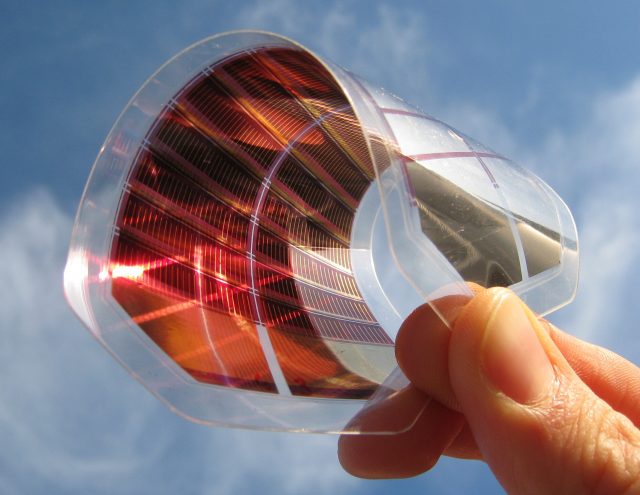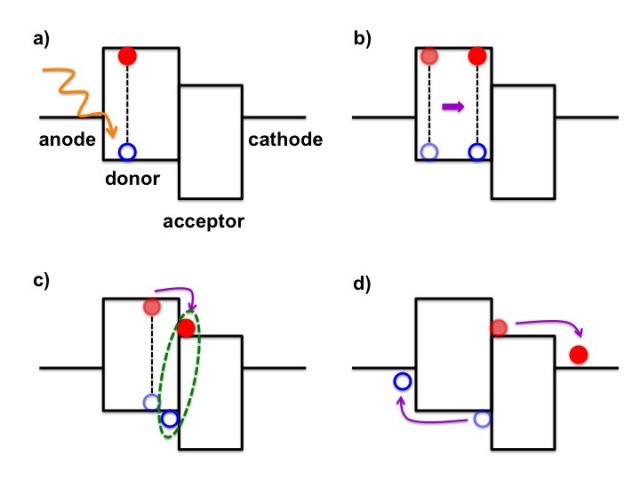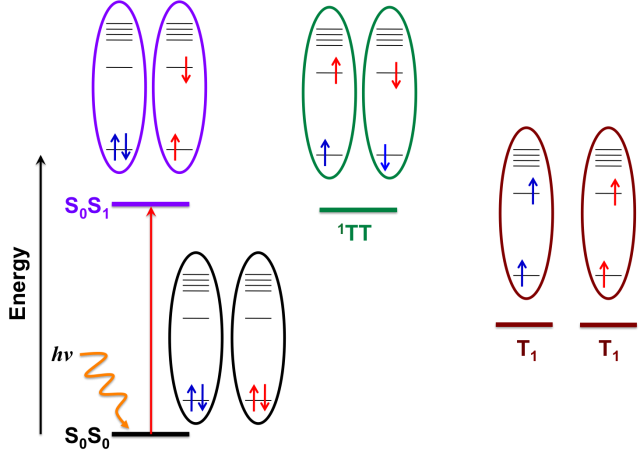Organic photovoltaic advantages.. or challenges?
Author: Meilani Wibowo obtained her master’s degree at the University of Valencia, Spain. Currently she is a Ph.D. student (ITN-EJC TCCM) at the University of Groningen, the Netherlands, where she works on the improvement of organic photovoltaic devices.

Solar energy as one of the alternative and sustainable energy sources has a potential to replace fossil fuels. However, harvesting solar energy is still not economically competitive with the conventional energy sources. Many investigations are being made to reduce the manufacturing costs by developing new and innovative low cost materials, for example organic photovoltaic (OPV) materials. The efficiency of OPV devices is still considerably low, thus large efforts are also being made to improve it. The development of OPV devices is a highly active research area where very fast progress is being made. But still, the current generation of OPV devices are not competitive enough due to the limited fundamental knowledge about the optimal properties of the materials involved 123.
Currently the most common OPV materials are donor-acceptor blend. The most common mechanism of OPV devices consists of the following processes (see Figure 1), i.e. firstly light absorption of the donor or acceptor molecule leading to the formation of local exciton (D*A), then diffusion of the exciton towards the donor-acceptor interface. The electron is subsequently transferred from the donor to the acceptor molecule leading to the formation of a charge transfer state (D+•A-•). Finally, the free charges are transported to the electrodes and ultimately the photocurrent is generated.

One way to improve the efficiency of OPV devices is to generate multiple exciton. Singlet fission (SF) is a process in which singlet excited chromophore transfers part of its energy to the neighbouring chromophore to generate two triplet-excited states that are coupled into singlet. This process is illustrated in Figure 2. The most urgent issues in this field are finding the most potential chromophore and understanding its mechanism. Many studies have been done to find chromophores that satisfy the energetic criteria of the SF process, i.e. the energy of singlet excited state should be equal or larger than twice the energy of triplet excited state [E(S1) ≥ 2E(T1)]. In addition to this, the SF rates (electron transfer rates) should be considerably large 45.

Computational chemistry helps to predict the properties of various materials accurately and to screen the potential systems fast and cheap in comparison with wet chemistry (experimental study). Moreover, a careful analysis and interpretation of the computational results allow designing rules that can be used as a guidance for the development of new materials for more efficient OPV devices. A crucial process in the generation of charge carriers is the electron transfer between the materials in the donor-acceptor blend. A new method based on nonorthogonal configuration interaction (NOCI) will be employed to calculate the electron transfer rates. This method will be applied also to study the SF process thoroughly. This new method has main advantages, i.e. a high accuracy due to the inclusion of electron correlation and orbital relaxation effects and it allows a clear chemical interpretation due to the use of nonorthogonal orbitals in the construction of cluster base state 6.
From this brief introduction, we can learn two most important things about OPV. First OPV is a promising technology for the use of renewable energy. It uses solar energy as a sustainable energy source and low cost organic materials, which imply the main advantages of OPV. Second the efficiency of OPV devices is still considerably low. This is the main challenge that we have to think about. Other challenges are (i) how we can improve the efficiency of OPV devices, (ii) what are the optimal properties of the material to be used for improving the efficiency of OPV devices, (iii) what kind of study that we are going to use, it can be either experimental or theoretical study, (iv) whether experimental or theoretical study, we have to think about what kind of method that we are going to employ. So, we can decide whether we are going to tackle all the challenges and keep going to develop OPV devices or we are going to give up and keep using the fossil fuels that will be gone in the next twenty years or even less than that? It is in your hand but one thing that I want to share, “Science is dynamic and exciting! There is always room for improvement.”
References
- Brédas, J.-L.; Norton, J. E.; Cornil, J.; Coropceanu, V. Acc. Chem. Res. 2009, 42, 1691. ↩
- Cao, W.; Xue, J. Energy Environ. Sci. 2014, 7, 2123. ↩
- Scharber, M. C.; Sariciftci, N. S. Prog. Polym. Sci. 2013, 38, 1929. ↩
- Smith, M. B.; Michl, J. Annu. Rev. Phys. Chem. 2013, 64, 61. ↩
- Smith, M. B.; Michl, J. Chem. Rev. 2010, 110, 6891. ↩
- Havenith, R. W. A.; De Gier, H. D.; Broer, R. Mol. Phys. 2012, 110, 2445. ↩
1 comment
[…] El futuro es de las energía renovables, de eso no cabe duda. Adelantar ese futuro depende de nuevos materiales más eficientes y baratos. A eso se decica Meilani Wibowo: Organic photovoltaic advantages.. or challenges? […]